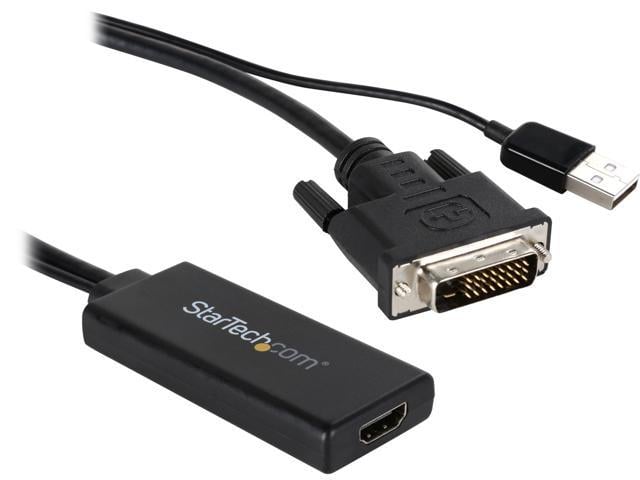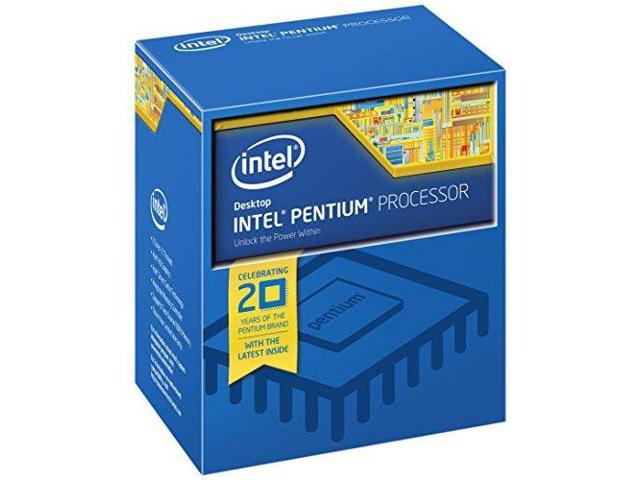Mice have long been recognized as a valuable tool for investigating the genetic and physiological bases of human diseases such as diabetes, infectious disease, cancer, heart disease, and a wide array of neurological disorders. With the advent of transgenic and other genetic engineering technologies, the versatility and usefulness of the mouse as a model in biomedical research has soared. As a result, mouse colonies everywhere are expanding, and scientists who previously focused on other models are turning their attention to the mouse. Revised to reflect advances since the first edition, The Laboratory Mouse, Second Edition continues to be the most accessible reference on the biology and care of the laboratory mouse. This guide presents basic information and common procedures in detail to provide a quick reference source for investigators, technicians, and caretakers in the humane care and use of the mouse in the laboratory setting. Expanded, updated, and now in color, this new edition includes coverage of the biological features, husbandry, management, veterinary care, experimental methodology, and resources applying specifically to the mouse.















